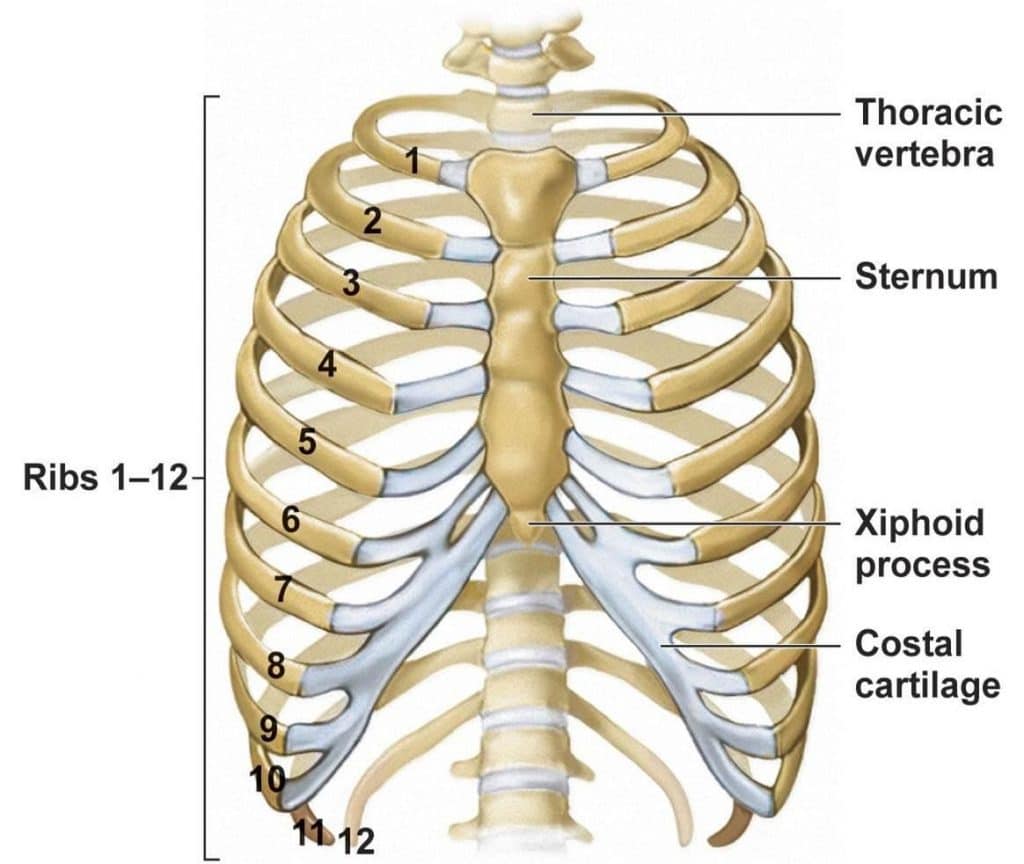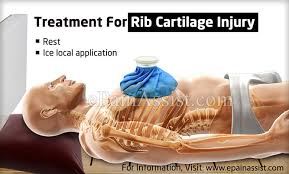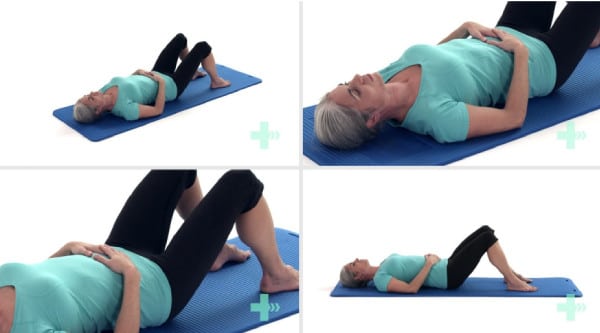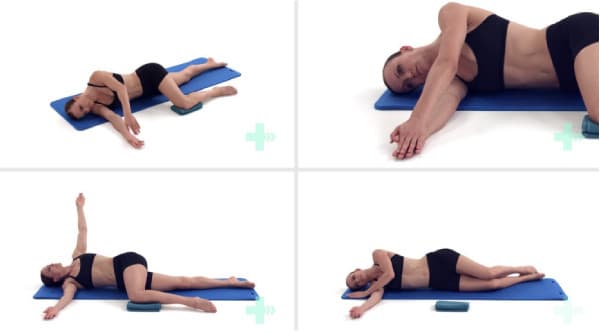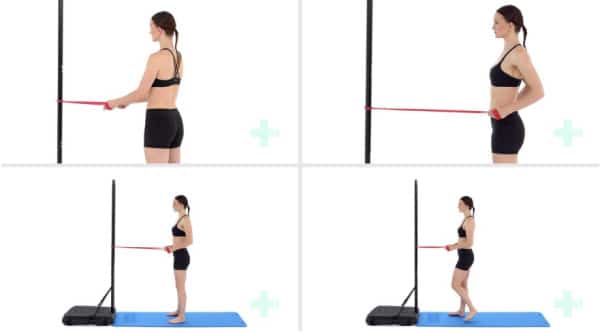Rib cartilage injury is a painful condition. The cartilage injury results in severe pain with deep breaths, especially when coughing. It is essential to understand the function of our ribcage, how it can be injured, and how it can be treated before we proceed with explaining a Rib Cartilage Injury.
There are various causes of a Rib Cartilage Injury and specific risk factors associated with it.
